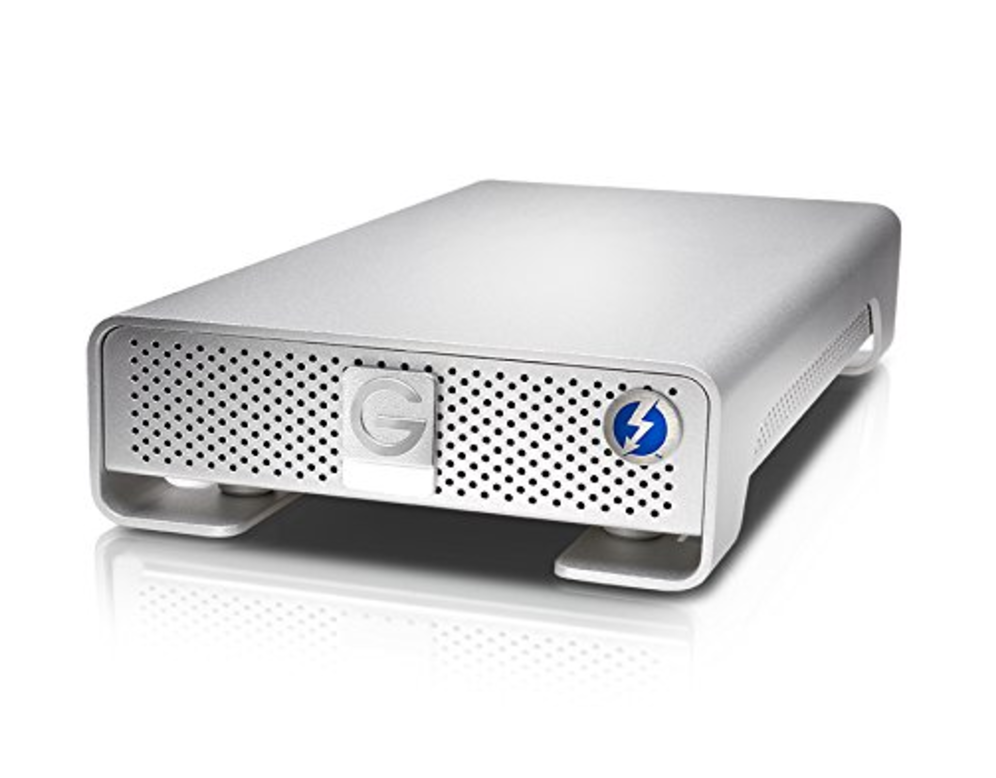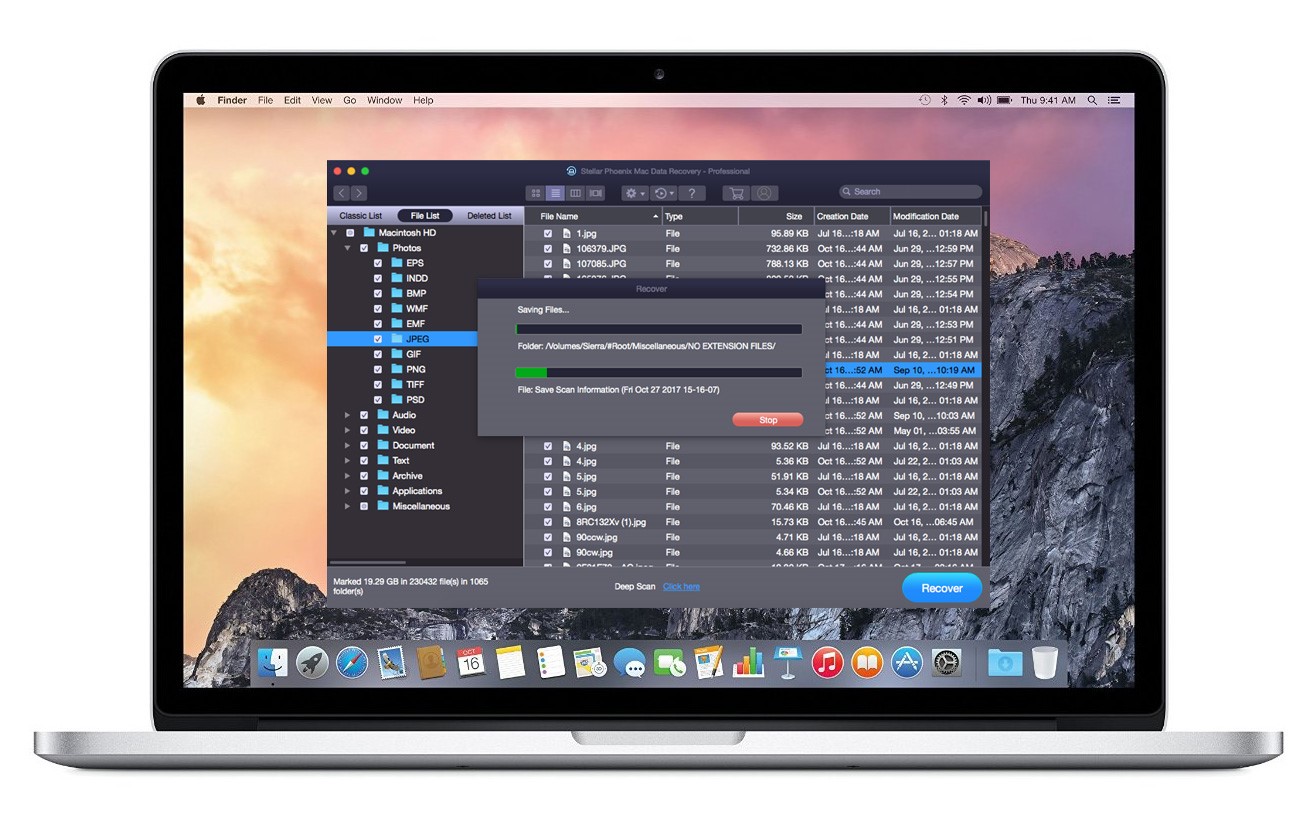
The MacBook Pro 16-inch has an SDXC card slot and an HDMI port to add an additional external display and other accessories. The two encode engines could be of great help to post-production professionals. The major difference between MacBook Pro with M1 Max and M1 Pro is that the former features one dedicated decode engine and two dedicated encode engines compared to a single decode and encode engine in the M1 Pro model. The machine comes with a ProRes accelerator in the media engine to make rendering speeds incredibly fast. The RAM options extend up to 32GB, and the chip has a memory bandwidth of up to 200GB/second.

You can configure a maximum of 10-core CPU and 16-core GPU with the SoC. M1 Pro chipset, on the other hand, is fitted with 33.7 billion transistors. With such specifications, it is difficult to imagine a video editing task this machine cannot perform. The M1 Max chipset comes with 57 billion transistors, three times the number of transistors on the original M1 chip, up to 64GB RAM support, up to 400GB/s of memory bandwidth, and also supports up to 32-core GPU.

There are two options for SoC in MacBook Pro 16-inch: M1 Max and M1 Pro. The M1 Max MBP Pro can edit up to 30 streams of 4K ProRes videos or up to seven streams of 8K ProRes videos in Apple’s Final Cut Pro editing software.

Featuring 16.2-inch Liquid Retina XDR Display, the MacBook Pro is a performance-oriented machine. If we are to pick the best laptops available in the market for video editors, there’s no competition for the Apple MacBook Pro 16-inch.


 0 kommentar(er)
0 kommentar(er)
